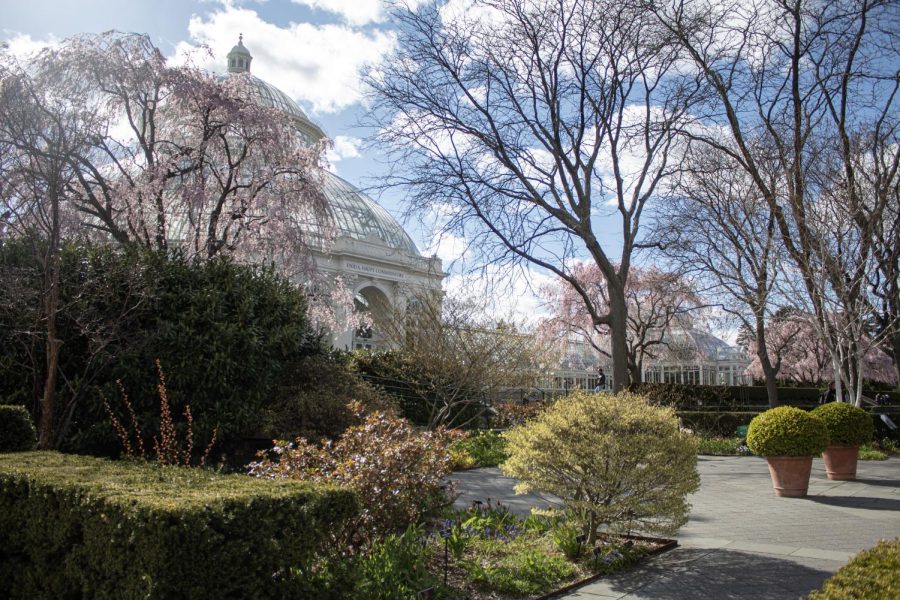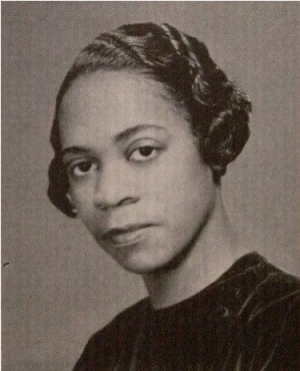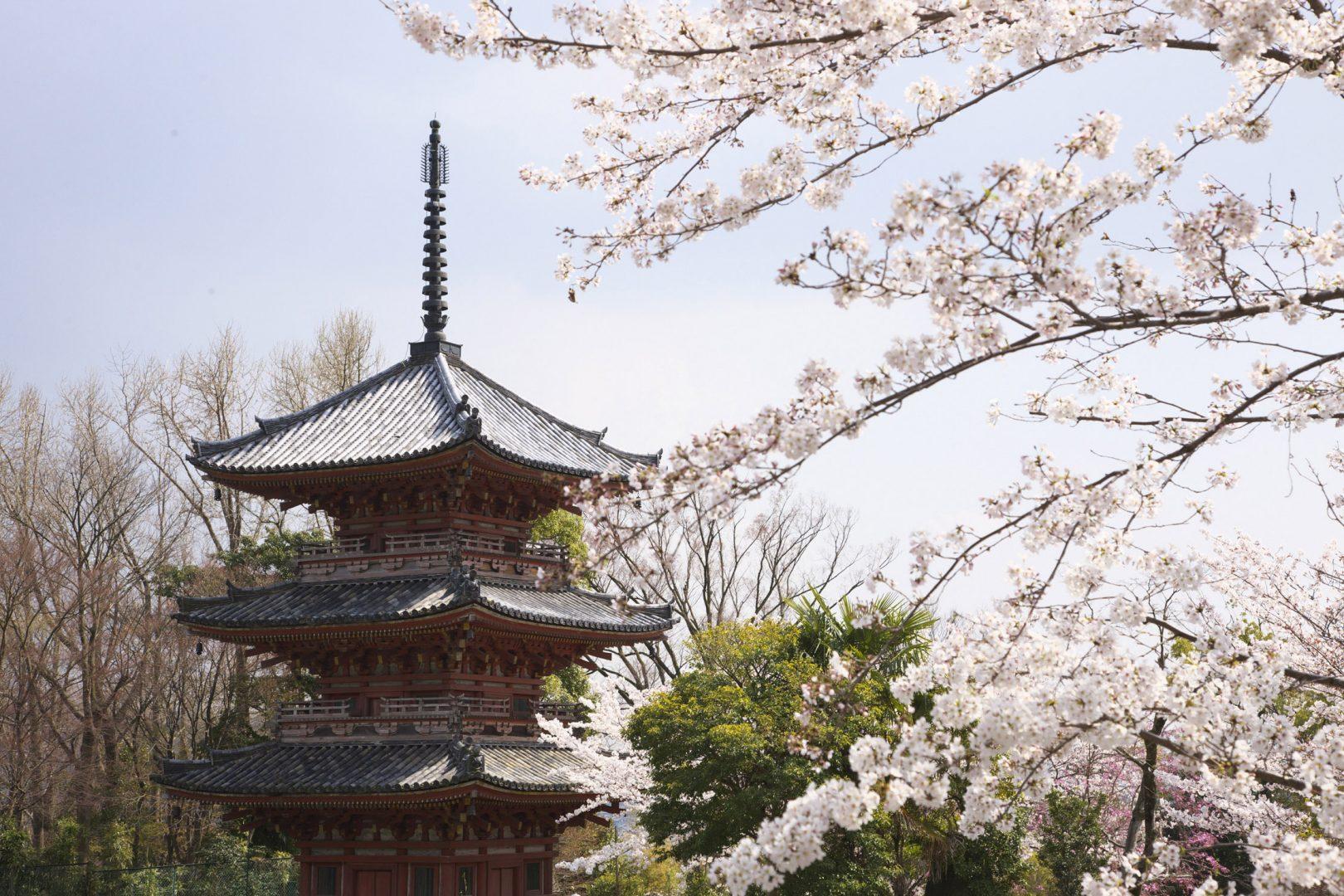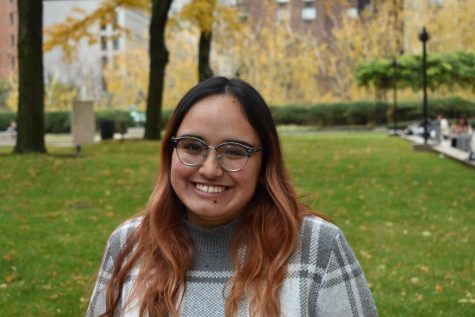NYBG Fosters 131 Years of Conservation and Plant Research
The New York Botanical Garden has been adjacent to the Rose Hill campus since the 19th century, residing across the street on Southern Boulevard
The Enid A. Haupt Conservatory is one of the notable centerpieces of the NYBG and was inspired by the Royal Botanical Gardens in the United Kingdom.
October 27, 2022
The New York Botanical Garden (NYBG) in the Bronx has neighbored the Rose Hill campus for over a hundred years. This 250-acre garden is the largest urban botanical garden in the United States with over 1 million plants. The garden receives 1 million visitors each year.
Despite the gardens always changing, the focus of the staff running the garden has been on conservation, scientific research and recreational use for the community.
According to essays about the garden’s history written by Kim E. Tripp, former director of the NYBG, in 1888, two botanists from New York City, Elizabeth Knight Britton and Nathaniel Lord Britton, saw the Royal Botanic Gardens at Kew in the United Kingdom. The two were enamored by the beauty of the garden and the range of plants to study. This experience inspired the couple to publicly campaign for a similar botanical garden in New York City. Elizabeth Britton, in particular, gave several speeches and worked with several publications to spread awareness for the cause.
Three years later, in April 1891, the New York State Legislature passed the Act of Incorporation, which allowed for land in northern New York City to be used “for the collection and culture of plants … the advancement of botanical science … and for the entertainment, recreation, and instruction of the people.”
Nathaniel Lord Britton chose to establish the new Botanical Garden near Hemlock Grove, a 50-acre forest next to the Bronx River. The forest, now named the Thain Family Forest, used to be subject to less intervention by the staff.
Previous managers of the garden and the forest had a “let alone” policy for maintaining the forest to keep it from being tarnished. Over time, this policy proved to be ineffective for the forest because several human factors damaged the forest throughout the 20th century. Some of these human interferences include climate change, pollution, loss of predator populations in the ecosystem and overcollection of plants.
Invasive species have also been damaging the Thain Family Forest. The hemlocks that the grove was known for have been nearly completely destroyed due to two invasive insect species: the elongate hemlock scale and the hemlock wooly adelgid. In 2008, the NYBG began taking a more active approach to conserving native plants in the Thain Family Forest. Through the Thain Family Forest program, the organization, with the help of volunteers, spent 24,400 hours on ecological maintenance with a strong focus on removing invasive species. This effort led to a decrease in invasive species within the forest by 2011.
The centerpieces of the botanical garden are the LuEsther T. Mertz Library and the Enid A. Haupt Conservatory. According to texts by Ogden Tanner and Adele Auchincloss, a past official at the New York City Parks and Recreation Department, the library, designed by architect Robert Gibson in 1901, is a Beaux-Arts building that contains several exhibitions and botany-related texts. The conservatory, built in 1902, was inspired by the Palm House at the Royal Botanic Gardens in the United Kingdom designed by William R. Cobb.
According to Tripp’s essays, the conservatory functions as a greenhouse and as the primary attraction of the botanical garden that contains a large variety of plants. There are several attractions of note in the conservatory, like the “Palms of the Americas Gallery,” which contains over 2,500 types of tropical palms.
“Students can take courses at the Botanical Gardens, and students at the Botanical Gardens can take courses at Fordham.” Dr. Steven Franks, biology professor
The conservatory also holds several desert plants in the “Deserts of the Americas and Africa” section, which contains several types of cacti. Beside the permanent plant galleries, there are also several seasonal attractions that the conservatory puts on for visitors. Some of these seasonal exhibitions include Fall-O-Ween, the Holiday Train Show and The Orchid Show: Jeff Leatham’s Kaleidoscope. The library and the conservatory fulfill Britton’s goal to provide recreational and educational opportunities for the people.
The NYBG has a general commitment to furthering the research on the natural world. Since 1897, researchers from the NYBG have been heavily involved in field research conducted in over 100 countries. For example, in the 1970s, researchers at the garden partnered with the Brazilian government to collect 73,000 plants.
The NYBG functions as a hub of plant research across the globe. The garden also has ties with Fordham’s biology department in its graduate and undergraduate programs. Dr. Steven Franks, a biology professor and the current department chair specializing in ecology and evolutionary dynamics of natural plant populations, said, “Students can take courses at the Botanical Gardens, and students at the Botanical Gardens can take courses at Fordham.”
The university and the NYBG confirmed their partnership in 2008 that gave Fordham graduate students in fields like ecology, conservation biology and plant sciences the opportunity to use the facilities and resources from the garden in a joint graduate program.
Franks has been working with the NYBG since he started working at Fordham in 2007. At the time, Fordham was looking for individuals that had ties to the garden and were knowledgeable about plant conservation. The university and the NYBG confirmed their partnership in 2008 that gave Fordham graduate students in fields like ecology, conservation biology and plant sciences the opportunity to use the facilities and resources from the garden in a joint graduate program.
According to Franks, the NYBG has a lot of amazing facilities and he noted that professors, undergraduate students and graduate students have used facilities like the Enid A. Haupt Conservatory for student lab work and tours, the William & Lynda Steere Herbarium for access to plant specimens for research, and many more lab and garden facilities.














